Very beautiful work by the French artist Jean Hélion, master of modern art.
“Prohibition Gangster,” created in 1986, is an original lithograph that captures the intriguing and mystical spirit of Prohibition-era gangsters.
Signed and numbered by the artist, this piece is limited, annotated EA (artist's proof) 12/15.
Produced on high quality Arches vellum, this lithograph measures 61 x 47 cm visually, and 57 x 71 with frame.
In excellent condition.
Hélion, known for his bold transition from abstraction to figuration, here uses a vibrant color palette and dynamic lines to create a work that is both captivating and provocative. “Prohibition Gangster” is not only an exceptional collector’s item but also a window into the creative universe of Jean Hélion.
Returning to France after the war and praised in the 1960s by the new generation of Narrative Figuration painters such as Gilles Aillaud or Eduardo Arroyo, Jean Hélion benefited during his lifetime from numerous exhibitions in French and international galleries and institutions such as the one at MAM in 1977 and 1984-85, the last retrospective having been presented at the Center Pompidou in 2004. Despite its importance and its singularity, his work remains little known to the public today.
Born in 1904 in Normandy, Jean Hélion first chose to study architecture in Paris. After a brief experience in Montmartre in 1929, he linked up with Théo van Doesburg and Piet Mondrian, moved towards geometric abstraction and participated in the Art Concret group as well as in the creation of the Abstraction-Création collective which brought together the best representatives of abstract art between the two wars. Friend of Calder, Arp and Giacometti, he is also close to Max Ernst, Marcel Duchamp and Victor Brauner.
In 1929, he began writing the Carnets, a reflection on painting that he continued until 1984. Jean Hélion was also close to the writers of his time: Francis Ponge, Raymond Queneau, René Char, André du Bouchet... and never ceases to associate them with his artistic journey.
From 1934, Jean Hélion moved to the United States where he became friends with Marcel Duchamp. He became one of the most important players in abstraction and an eminent figure in American artistic life, advisor to major collectors.
However, from the mid-1930s, his forms came to life, prefiguring a return to the human figure. Faithful to his intuition, Jean Hélion then turned away from abstraction in 1939 at the time when it began to impose itself on the international scene, to become more interested in the human figure and “reality”.
Sensing the fragility of things at the outbreak of the Second World War, Hélion then proceeded to reconstruct the image based on his abstract language: the resulting works present street scenes taken from everyday life where all sentimentality is absent.
Interrupting his career as a painter, Hélion enlisted during the war alongside the French army, he was taken prisoner in 1940. The story of his escape They Shall Not Have Me, published in 1943 and recently translated into French, became a best-selling seller.
Returning to Paris in 1946, married to Pegeen Vail (daughter of Peggy Guggenheim), he struggled to find his place on the Parisian scene. Despite everything, he reinvented figuration by tackling different styles and numerous subjects: the nude (Nureversed, 1946), the landscape (Le Grand Brabant, 1957), the still life (Still life with pumpkin, 1946 or Citrouillerie, 1952) , allegory (À rebours, 1947, Last Judgment of Things, 1978 - 79), history painting (Things seen in May, 1969) and studio view (L'atelier, 1953 recently acquired by the MAM with the support of the Friends of the Museum of Modern Art and the Heritage Fund). Paris, the street, the things where dreams mingle, are an inexhaustible source of inspiration for writing his “prose of the world”.
At the end of his life, gradually losing his sight, his work deliberately interweaves the motifs that have always haunted him. His painting oscillates between derision and gravity (The Painter trampled by his model, 1983), dream and happy dazzlement.





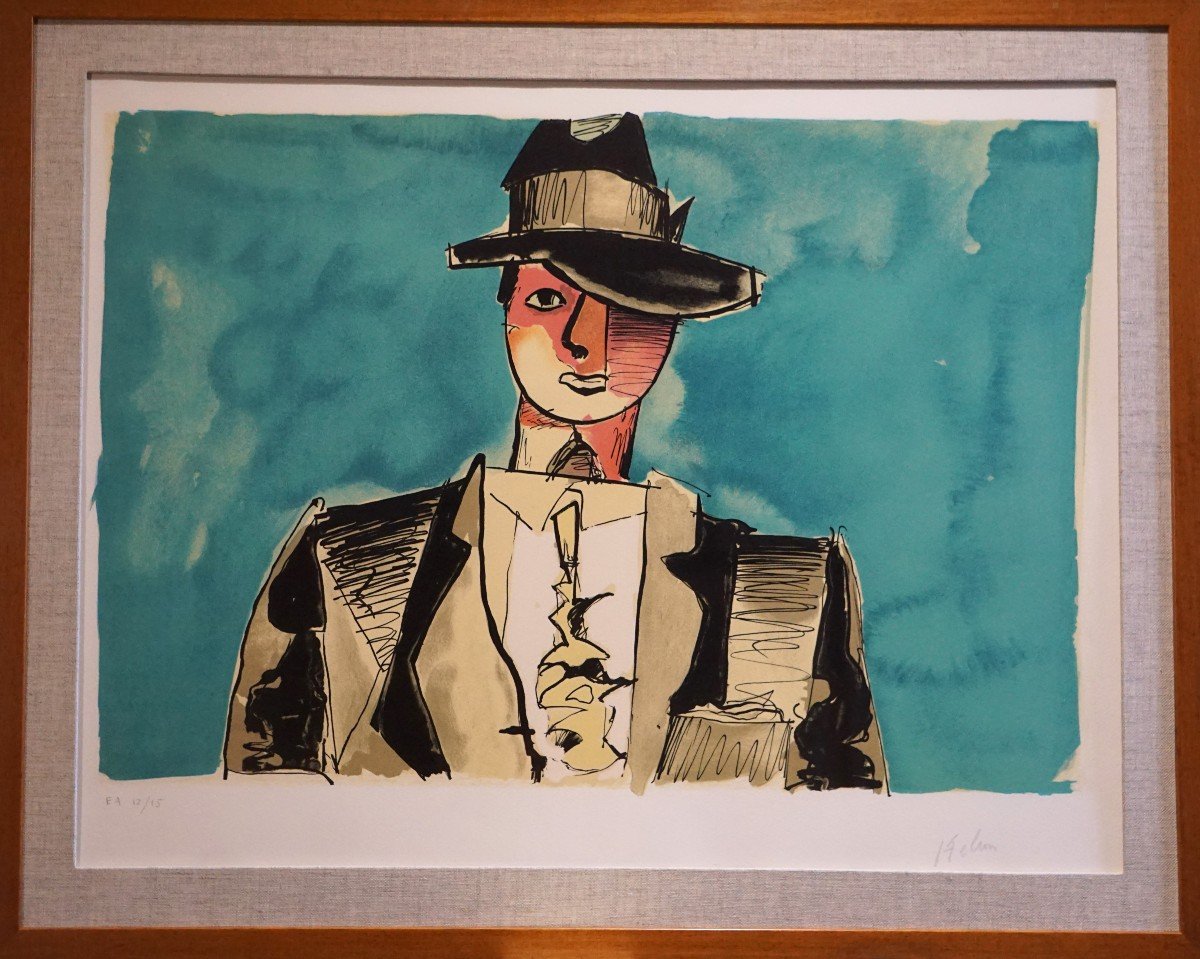

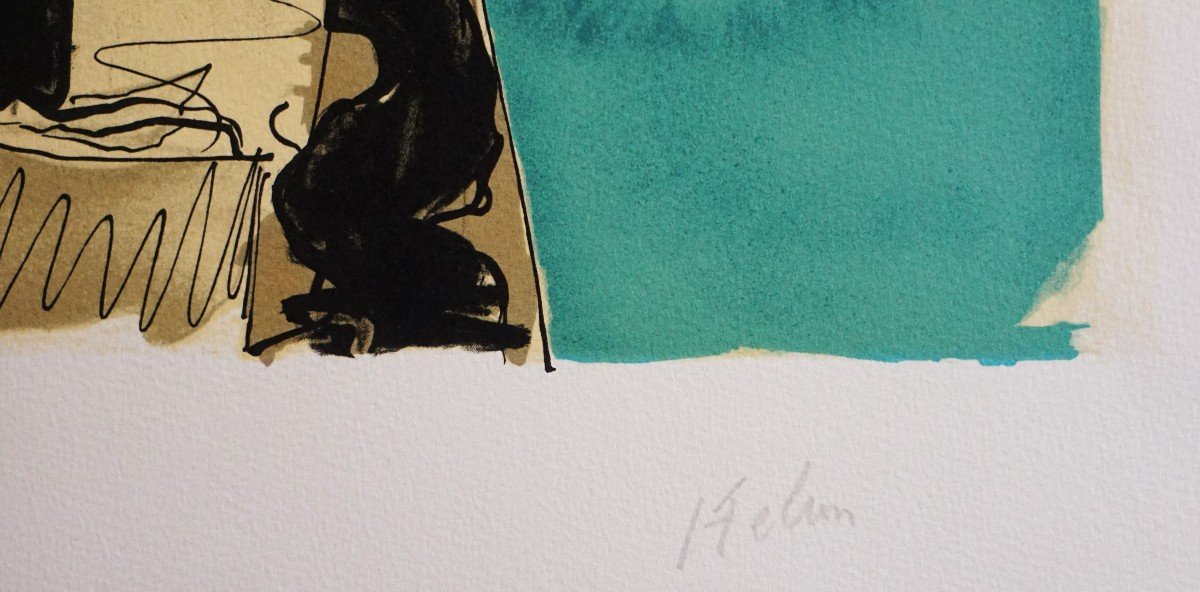























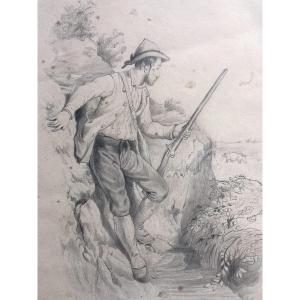
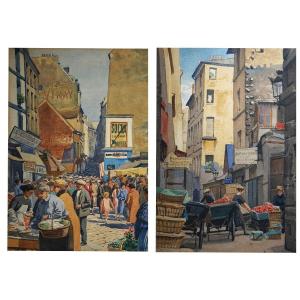
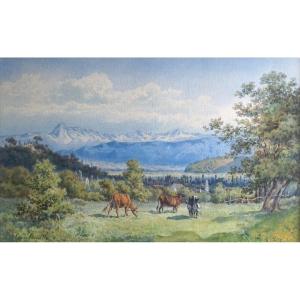
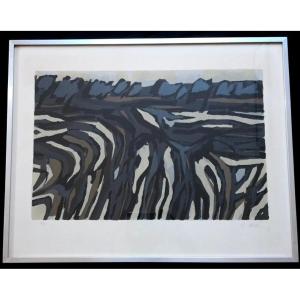















 Le Magazine de PROANTIC
Le Magazine de PROANTIC TRÉSORS Magazine
TRÉSORS Magazine Rivista Artiquariato
Rivista Artiquariato